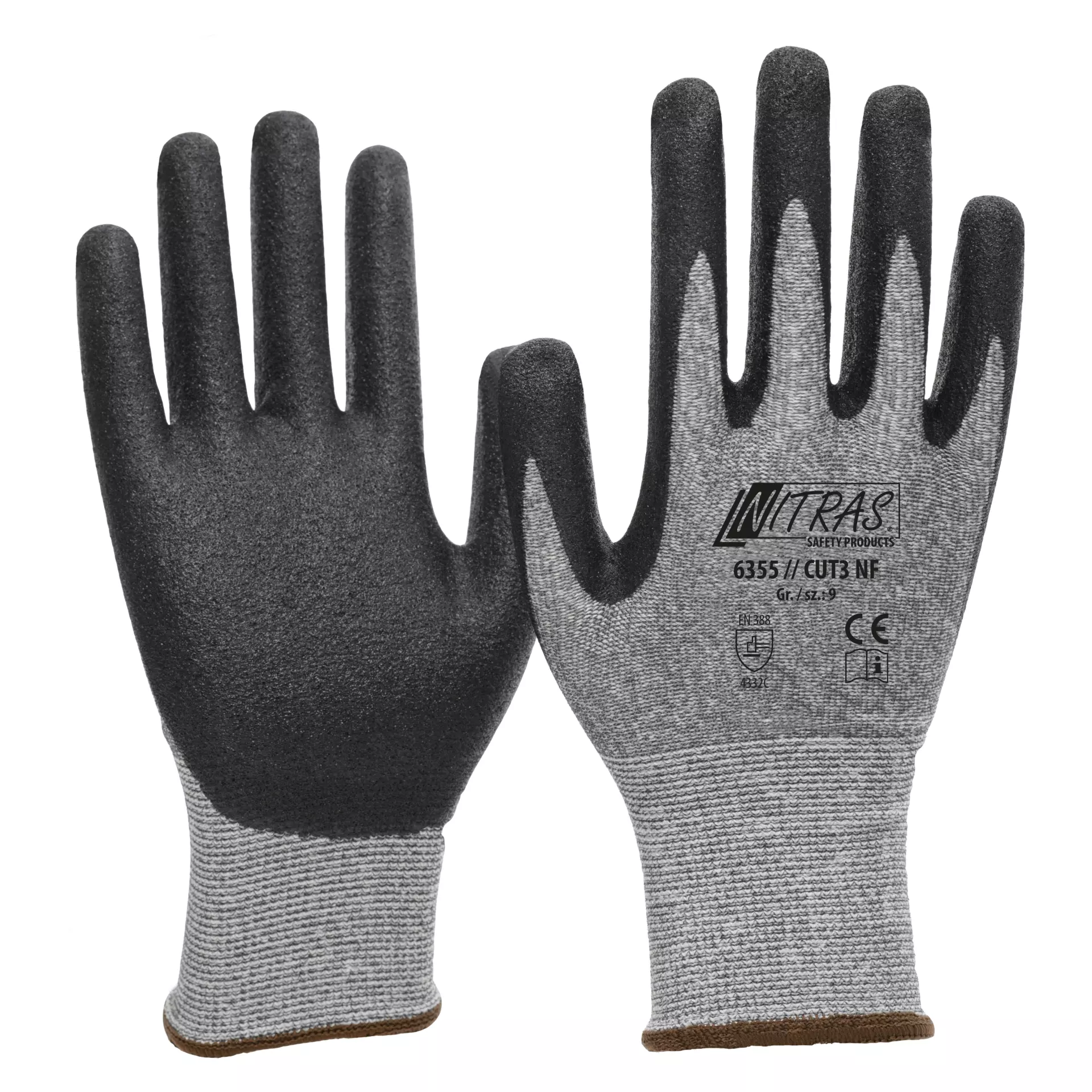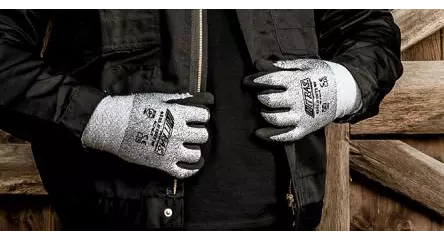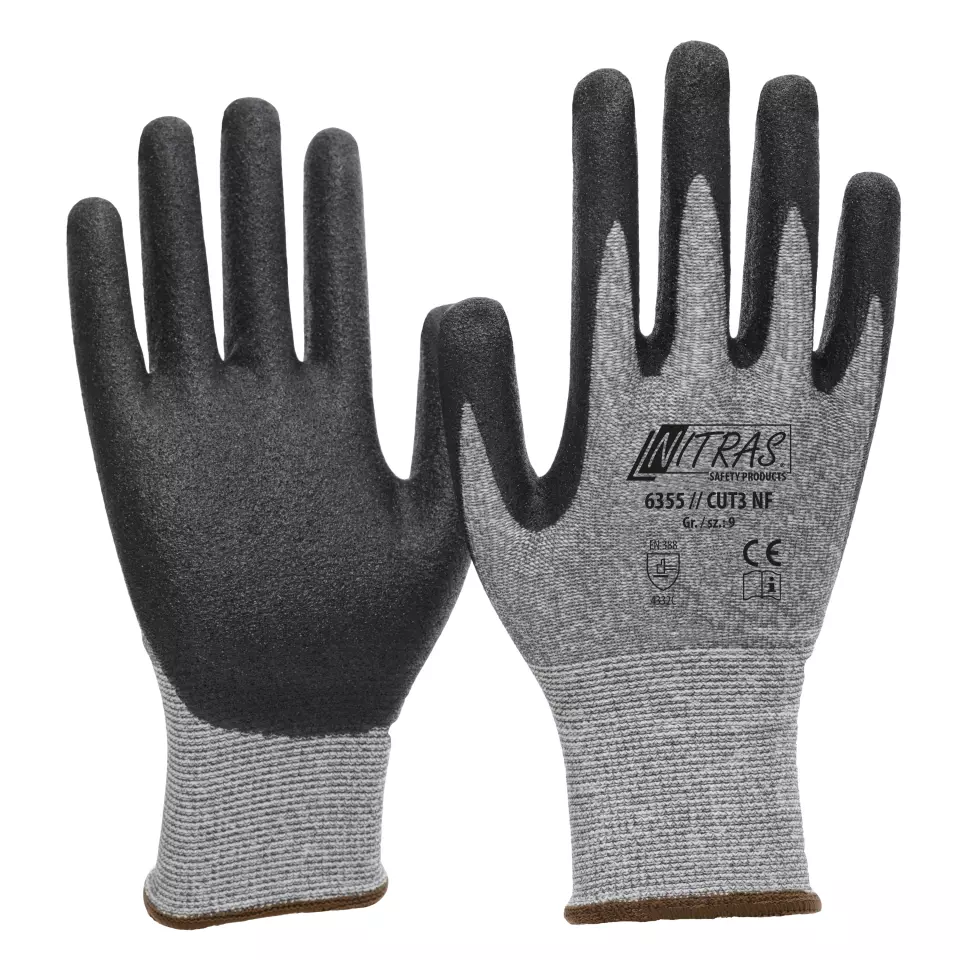

Features You'll Love

Coating Material · Nitrile foam
The substance applied to glove surfaces to enhance grip, durability, and protection, with different materials suited for various work conditions.

EN 388 · Abrasion Resistance Level 4, Cut Resistance, ISO 13997 Level C
Offers the highest level of protection against intense rubbing and wear from rough materials.
Offers medium protection against cut risks from handling lightweight metals and plastics.
Nitras
CUT3 NF Cut protection Gloves, Grey, 10 pairs
CUT3 NF Cut protection Gloves, Grey, 10 pairs
(16)
40,20 €
Price per 10 pairs
4,02 € / pair
Choose size
Shipping fee is 7,95 € for orders under 80,00 €
Features You'll Love

Coating Material · Nitrile foam
The substance applied to glove surfaces to enhance grip, durability, and protection, with different materials suited for various work conditions.

EN 388 · Abrasion Resistance Level 4, Cut Resistance, ISO 13997 Level C
Offers the highest level of protection against intense rubbing and wear from rough materials.
Offers medium protection against cut risks from handling lightweight metals and plastics.
Product description
Advanced cut protection gloves featuring a specialized yarn construction with nitrile foam coating for enhanced grip and durability. The partial coating on palm and fingertips provides excellent dexterity while maintaining tactile sensitivity, certified with the highest Level 5 dexterity rating under EN 420. These gloves offer superior cut resistance and comfort with their knitted wrist design and strategic coating placement.
Product Features:
- Partially coated palm and fingertips for optimal grip
- Knitted wrist for secure fit
- High cut resistance protection
- Maximum dexterity rating
- Ergonomic design for extended wear comfort
Technical Details:
- Special yarn construction
- Nitrile foam coating technology
- Partial coating design
- Knitted wrist configuration
Standards:
- EN 388:4332C certification
—Level 4 Abrasion resistance
—Level 3 Blade cut resistance
—Level 3 Tear resistance
—Level 2 Puncture resistance
—Level C TDM cut resistance
- EN 420:2003 + A1:2009 Level 5 Dexterity